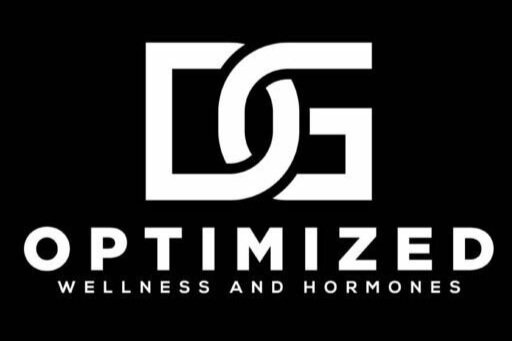The Role of Testosterone in Breast Cancer Research
The Protective Role of Testosterone: Delving into its Impact on Invasive Breast Cancer
Once upon a time, in the world of medical research, testosterone implants were introduced to treat hormone deficiency in women—both pre and postmenopausal. This therapy has been around for a whopping eighty years, gracefully making its way through the annals of history. A bit surprisingly, there’s a shared sentiment among experts that testosterone for women might be the unsung heroes in breast protection. But here's a hitch – a definitive word on the long-term effects of testosterone therapy on invasive breast cancer (IBC) remains, for the most part, elusive. In a burst of inquisitiveness, a particular study took on the challenge, hoping to shed some light on this matter.
Plotting the Course: The Nitty-Gritty of the Investigation
This isn't just a regular study; it’s a 10-year-long prospective cohort odyssey. Setting sail in March 2008, it welcomed participants until March 2013. The criteria? Women, both at the brink of menopause and those who've crossed its threshold, having experienced a minimum of two pellet insertions. With a battalion of 1,267 participants, the study aimed to compare the incidence rates of breast cancer among those under testosterone therapy with age-specific Surveillance Epidemiology and End Results (SEER) incidence rates and historical controls. The mathematical sidekick, Bootstrap sampling, was employed to ensure the comparisons held water.
Findings: Buckle Up for Some Numbers
Fast forward to March 2018. Drumrolls, please! Out of all the participants, 11 (compared to an expected 18) cases of IBC were diagnosed within 240 days post their last testosterone insertion. To those who prefer jargon: the incidence rate was 165/100,000 p-y. Now, this might seem just like a random number, but when you pit this against the age-matched SEER expected incidence rate of 271/100,000 p-y, the results are astoundingly significant. In layman's terms? The incidence of IBC among those who underwent testosterone therapy is considerably lower than expected.
The Finale: Where Does Testosterone Stand?
In the magnificent ballet of hormones and breast cancer, testosterone emerges, perhaps, as a protagonist. The long-term rendezvous with subcutaneous testosterone, with or without its partner-in-crime anastrozole, showed no surge in IBC's incidence. Thus, putting testosterone under the microscope for potential roles in hormone therapy and breast cancer prevention seems not just relevant, but vital.
In a world where complex medical terms can sometimes leave us bewildered, it's refreshing to see a study that brings hope and clarity. Testosterone, it seems, might just be the unsung hero we've been waiting for in the breast cancer arena.
Glaser, R.L., et al. BMC Cancer. 2019 Dec 30;19(1):1271. doi: 10.1186/s12885-019-6457-8
So, if there was not an increase in the incidence of breast cancer, why wouldn't it be safe to provide Testosterone replacement for the symptoms of decreased libido, fatigue, and energy missing in the lives of pre & post menopausal women; and we ask again, what does the data show. . . well, it is! Jason & Rita...aka Dr. De Leon and Dr. Gillespie.
